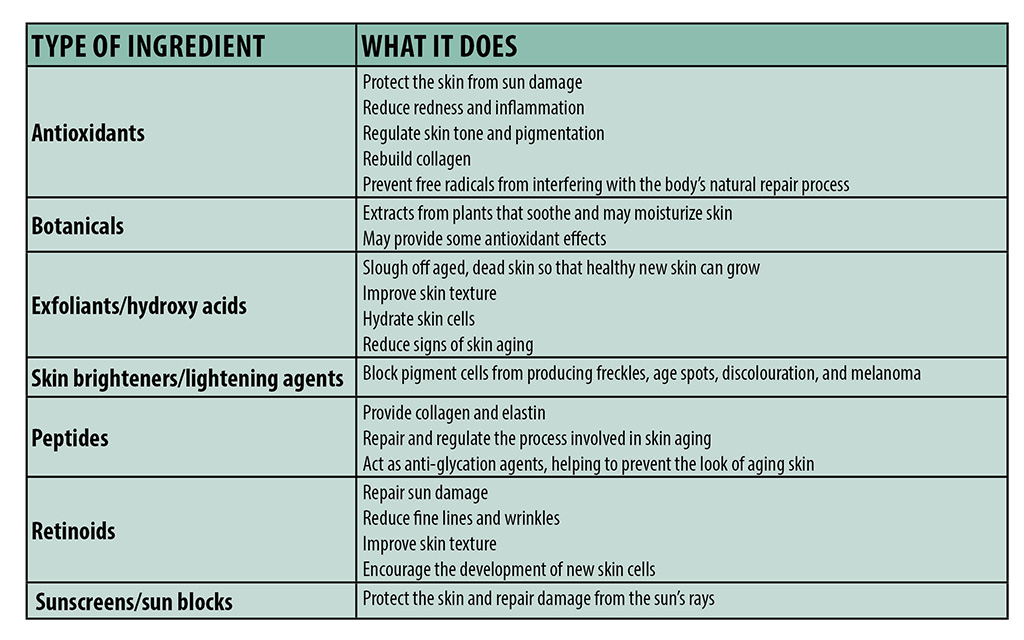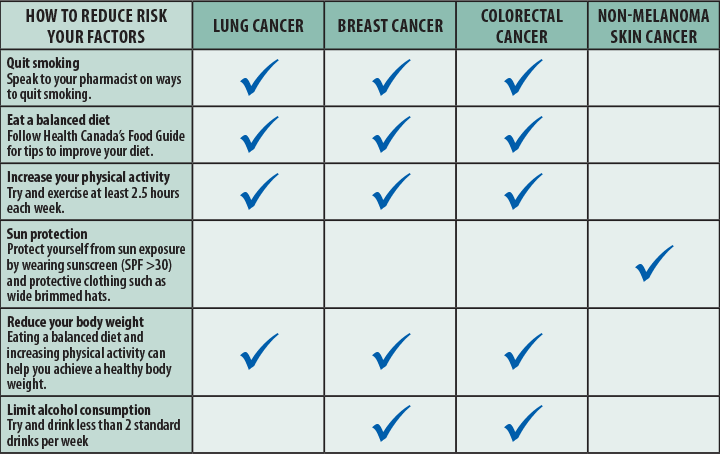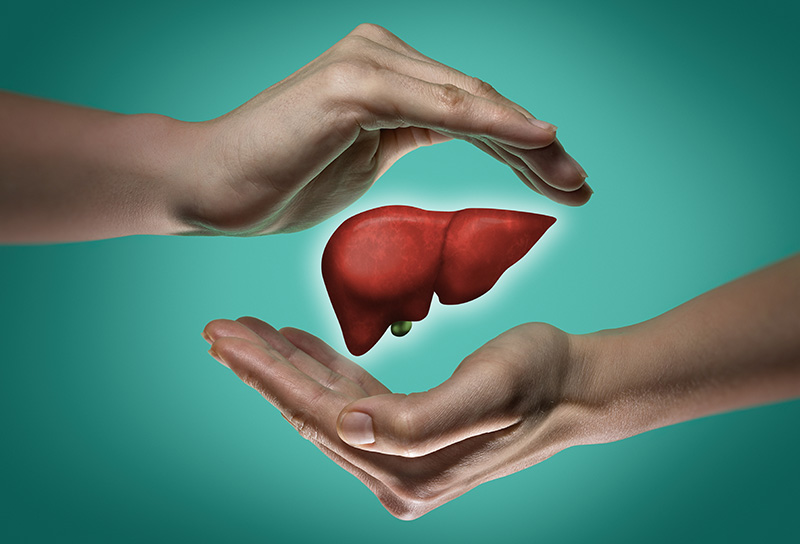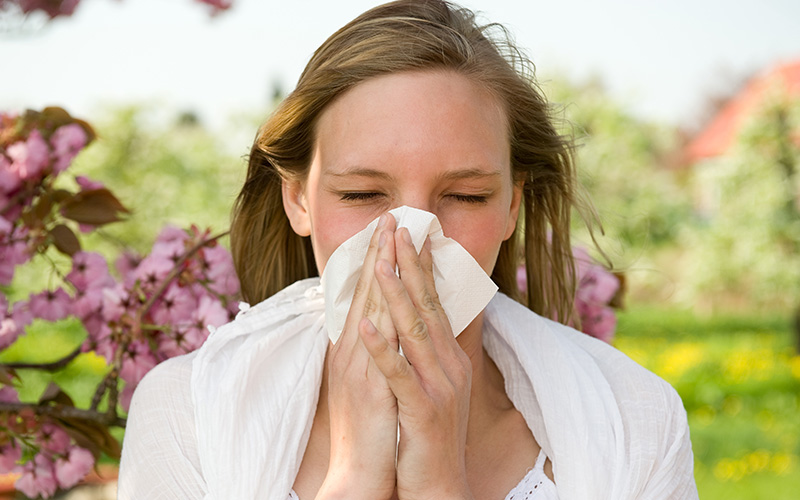
Skin provides our first line of defense against the world around us, and yet we so often abuse it without even a second thought. Every time we go outdoors, we expose our skin to the harmful effects of the sun’s rays. Sun damage can range from the pain and blistering of a sunburn to the wrinkled, saggy appearance caused by photoaging to the most serious problem of all: skin cancer. More than 90% of all skin cancers occur on the parts of the body that are subjected to repeated sun exposure.
Health Canada warns that skin cancer is the most common form of cancer in Canada and that about one third of all new cases are skin cancers. The 2023 Government of Canada report on Canadia cancer statistics predicted about 9,700 Canadians would be diagnosed with melanoma cancer, of which 1,250 would die from the disease. It also reported that melanoma has one of the fastest growing rates of incidence among cancers in developed countries. High risk factors include exposure to ultraviolet (UV) radiation through sunlight, tanning beds, tanning booths or sun lamps. It is suggested that past inadequate sun protection likely accounts for the continued rise in melanoma rates.*
How the Sun Damages the Skin
The sun emits ultraviolet (UV) radiation in the form of UVA, UVB, and UVC rays.
- UVA rays penetrate deeply into the skin, causing damage that leads to wrinkles, premature aging, and dark spots.
- UVB rays reach the outer layer of the skin and can cause redness, sunburn, and contribute more to the development of skin cancer. They are nearly 1000 times stronger that UVA rays.**
- UVC rays are absorbed by the ozone layer, so they do not reach the earth’s surface.
Too much exposure to UV radiation can damage the DNA in your skin cells. Your body can repair some of the damage, but not all of it. Over time, as the damage builds up, it can cause cells to start growing out of control, which can lead to skin cancer.***
Skin Cancer: What You Need to Know
Skin cancer is by far the most common type of cancer. There are three different forms of skin cancer: basal cell, squamous cell, and melanoma. Most skin cancers are either basal cell or squamous cell, also known as keratinocyte carcinomas. When they are detected promptly and treated in the earliest stages, treatment is successful in about 90% of cases. Basal cell cancers usually appear on sun-exposed areas of the body—most commonly the face and neck, but also on the trunk, arms, and legs. The appearance of this type of cancer varies from person to person. Squamous cell cancers most often appear as thickened, red, scaly bumps or wart-like growths, but they can also look like an open sore or crusted skin.
Melanomas—which account for about 6% of cases—are a much more serious form of skin cancer, and the only effective treatment is early detection and prompt surgical removal. Melanoma often begins as a mole-like growth that may become itchy or bleed. It is usually a dark brown but may be mixed with areas of white, pink, blue, or grey. It can change shape, grow larger, or even change colour.
Any time you notice a new spot on your body or an old spot that changes, especially if it bleeds easily, you should consult your doctor. If you have spent much time in the sun, you should learn the “ABCDEs” of spotting a melanoma:
- A is for asymmetry. If you draw a line through the centre spot, the halves will not be identical.
- B is for their borders. The edges will be uneven, scalloped, or notched. C is for their colour. There can be a variety of shades (brown, red, white, blue, or black).
- D is for their diameter. The distance across the spot will be greater than 6 mm – about the size of the eraser on the end of a pencil.
- E is for evolution. This refers to any change in size, colour, shape, or height of the spot or the development of a new symptom such as bleeding, itching, or crusting.
Self-Defense: Protecting Yourself from Sun Damage
Protecting yourself from sun damage begins with shielding your skin from damaging ultraviolet radiation. And that means using a broad-spectrum (UVA – UVB protection) sunscreen every time you go outdoors. There are two different types of sunscreens: chemical blocks and physical blocks. Chemical blocks work by absorbing ultraviolet rays before they reach your skin. Physical blocks form a physical barrier that acts like a mirror to reflect the rays away from your skin.
Sunscreens, whether they use chemical or physical blocks, are rated by a system called sun protection factor, or SPF for short. The higher the SPF rating, the longer the UVB protection will last. The Canadian Dermatology Association recommends that you look for a product with a minimum SPF of 30 to protect against the sun’s UVB rays plus ingredients that protect against UVA. Sunscreens labelled as “broad spectrum” help protect against both kinds of radiation.
An SPF 15 means the sunscreen gives you 15 times as much protection as your natural skin colouring. If your skin normally turns red after 20 minutes in the sun, a sunscreen rated SPF 15 will prevent sunburn for 15 times as long, i.e., 300 minutes (5 hours). However, it is important to remember that no sunscreen gives complete protection against all of the damaging rays, and no sunscreen will be effective if it isn’t used properly. Also remember that swimming and perspiring remove some sunscreen, so be sure to reapply the product as needed.
So, now that the Spring is starting, and you plan more outdoors activities be sure to protect yourself with an adequate sunscreen. If you need help finding the right type of sunscreen and the best SPF factor for your type of skin and expected activities come to your local London Drugs. Our expert Pharmacists can help you determine what is the best option to ensure you get the correct protection from your choice of sunscreen. They can also give you general guidelines for sunscreen use.
*Canadian Cancer Statistics 2023 (cancer.ca)
**Enjoy the sun safely | Canadian Cancer Society
***The Science (bccancer.bc.ca)











